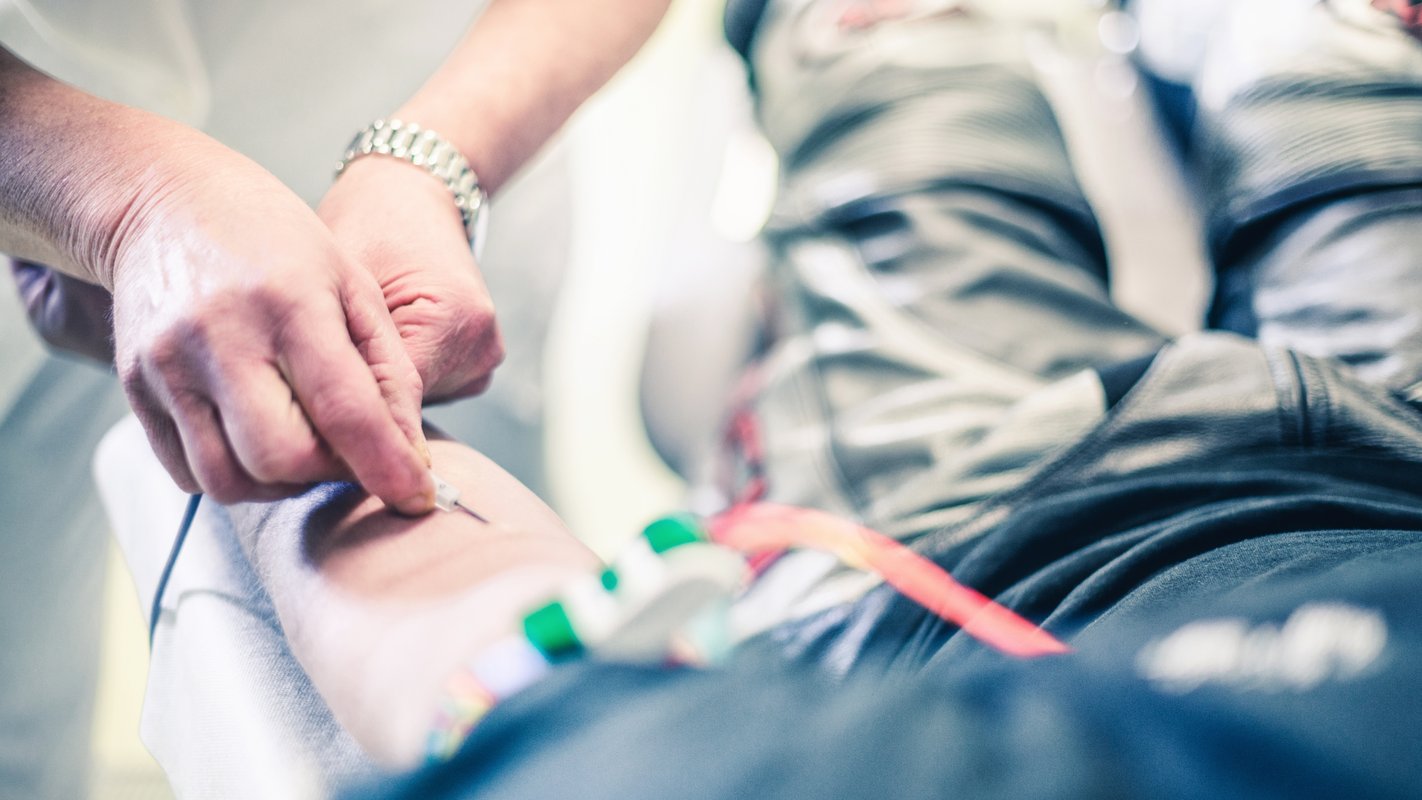How to Become a Phlebotomist in High School?

Becoming a phlebotomist while in high school is possible and can give you an early advantage in healthcare. With the right training and certification, you can qualify for entry-level positions quickly after graduation. The average salary for phlebotomists is $43,660/year (BLS, May 2024), and job growth is projected at 8% from 2023 to 2033 (BLS).
Job Outlook for Phlebotomists
Phlebotomy offers excellent career stability and growth opportunities. The BLS predicts an 8% job growth rate between 2023 and 2033, translating to approximately 19,600 new phlebotomist jobs annually. This growth is driven by increased demand for medical testing and an aging population requiring more healthcare services.
Frequently Asked Questions
How long is phlebotomy training?
Training ranges from 4–8 weeks for accelerated programs to 6 months for extended courses.
Can I start phlebotomy training before graduation?
Some programs allow 16–17-year-olds with parental consent to enroll.
How to become a phlebotomist right after high school?
Complete an accredited training program, earn certification, and apply for entry-level jobs.
How much do phlebotomists make?
Average pay is $43,660/year; salaries vary by location and employer.
Which employers pay the most?
Outpatient centers, specialty hospitals, and national labs such as Quest Diagnostics and LabCorp.
How to become a phlebotomist?
If you're thinking about starting a career in healthcare, becoming a phlebotomist could be a great option. Many people can complete their certification and secure a job within just a few weeks.
Here's what you need to do to become a phlebotomist:
1. Earn a high school diploma or GED: This is the minimum educational requirement for most phlebotomy training programs.
2. Complete a phlebotomy training program: Enroll in an accredited program that offers both classroom instruction and hands-on training.
3. Obtain certification: While not always required, certification can enhance your job prospects. Organizations like the National Phlebotomy Association and the American Society for Clinical Pathology offer certification exams.
4. Gain practical experience: Many programs include externships or clinical rotations to give you real-world experience.
5. Apply for jobs: Once certified, start applying for phlebotomist positions in hospitals, clinics, and laboratories.
What are the steps in preparing for a blood draw?
Preparing for a phlebotomy draw involves several key steps. Following these steps ensures the procedure is safe and efficient for both the patient and the phlebotomist.
Here's what you need to do to prepare for a blood draw:
1. Verify the patient's identity: Ensure you have the correct patient and confirm their information.
2. Gather supplies: Collect all necessary equipment, such as needles, collection tubes, alcohol swabs, gloves, and bandages.
3. Wash hands and wear gloves: Maintain hygiene to prevent contamination.
4. Explain the procedure: Inform the patient about the process to help ease their anxiety.
5. Choose the puncture site: Typically, the antecubital fossa (inner elbow) is used.
6. Clean the site: Use an alcohol swab to disinfect the area.
7. Perform the draw: Insert the needle at the correct angle and collect the blood in the appropriate tubes.
8. Label the samples: Immediately label each tube with the patients information.
9. Apply pressure and bandage: After removing the needle, apply pressure to the site and bandage it.
Final Thoughts
Starting phlebotomy training in high school positions you for a fast entry into healthcare. With proper training, certification, and experience, you can secure a stable, well-paying role in a growing field.
Explore accredited programs on Dreambound to find the right phlebotomy classes near you and start building your healthcare career.
Dreambound is a great resource for starting in this field, with guides covering every step of the certification process nationwide:
- How to Become a Phlebotomist in Alaska
- How to Become a Phlebotomist in Louisiana
- How to Become a Phlebotomist in Massachusetts
- How to Become a Phlebotomist in Rhode Island
- How to Become a Phlebotomist in Virginia
For more insights into healthcare careers, consider reading these helpful guides:
- CPR-BLS Training in New Orleans
- Caregiver Training in Dallas/fort worth
- EMT Training in Deltona
- Veterinary Assistant Training in Jacksonville
Take your first step toward a rewarding career as a phlebotomist today!

Harold Roldan is a Growth team member at Dreambound. With a background in IT, he works with data and automation to improve team efficiency and workflows. He spends his free time playing musical instruments or studying data, computers, and technology.



